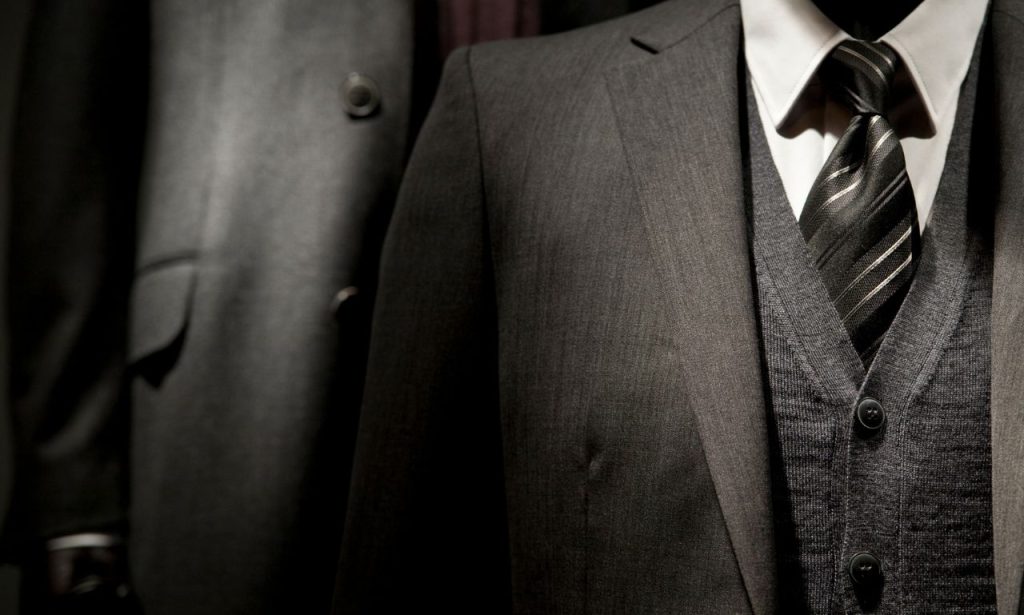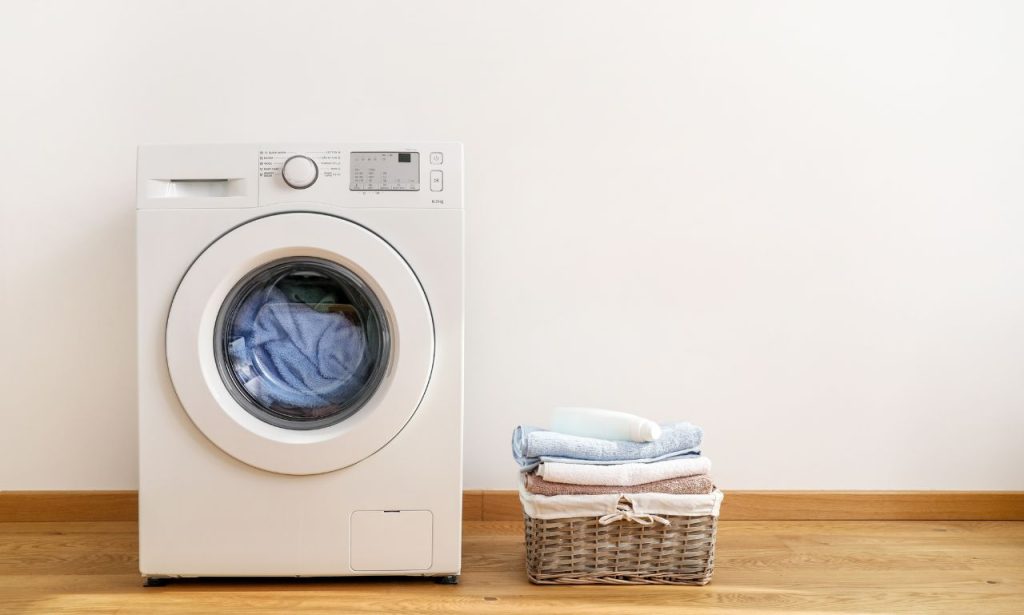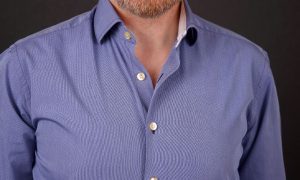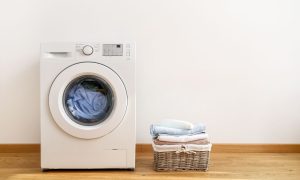Want to elevate your style while lowering your impact on the planet? You’re not alone! Fashion is one of the largest polluting industries in the world, but here’s the good news—creating a sustainable menswear wardrobe isn’t only possible—it’s more fulfilling than fast fashion.
I’ve spent years refining my wardrobe approach after watching countless perfectly good clothes end up in landfills. I’ve discovered that sustainable fashion isn’t just better for the planet and your style, wallet, and conscience.
Choose Quality Over Quantity
We’ve all been there – spotting a deal too good to pass up, only to have that “bargain” fall apart after a few wears. I learned this lesson the hard way when I bought three cheap button-downs instead of one quality shirt. Within months, all three cheap shirts had lost shape, while the one investment piece I eventually purchased lasted me five years and counting. Good-quality clothing can cost more initially, but they are designed to withstand multiple wearings and washes without warping or fading. Check the seams in the shops—tight, even stitching indicates that it has been constructed to last, not fall apart after a few washes. Natural fibers like cotton, wool, and linen tend to last longer than synthetics. They are also more ventilated, so they are more comfortable in varying weather conditions. The fabric needs to be substantial in your hands – not lightweight or paper-like. Keep in mind, a $100 garment that makes it five years is $20 per year, and a $20 garment that lasts six months is $40 per year and causes much more waste.
Care for Your Clothes Properly

Proper clothing care can triple the lifespan of your favorite pieces. This isn’t just about saving money – it’s about respecting the resources that went into creating each garment. Always check the care label before washing. Some items that say “dry clean only” can be hand-washed with cold water and gentle detergent. For machine washing, turn clothes inside out to preserve colors and protect them from friction damage. Invest in proper hangers – wire hangers can stretch out shoulders, while wooden hangers maintain the shape of shirts and jackets. Fold heavy sweaters instead of hanging them to prevent stretching. Let clothes air out between wears. Most items (except underwear and workout clothes) don’t need washing after every wear. This saves water and energy and reduces the wear and tear from machine washing.
Avoid Fast Fashion
Fast fashion has transformed our relationship with clothing, not for the better. What used to be seasonal collections has become weekly “drops” designed to make us feel constantly behind the trend curve.These rapidly produced garments often involve exploitative labor practices and enormous environmental costs. A single cotton T-shirt requires about 700 gallons of water—imagine the impact when we’re producing billions of these items annually!
Instead of chasing trends, focus on developing an authentic personal style. Classic pieces like well-fitted dark jeans, white oxford shirts, navy blazers, and quality t-shirts will never go out of style. When building my wardrobe, I asked myself, “Will I still want to wear this three years from now?” If the answer is no, it stays on the rack.
Rent Instead of Buy
Men’s rental services have expanded wildly in the past few years, offering anything from regular day wear to elegant formal wear. Businesses like Rent the Runway, Seasons, and The Mr. Collection allow you to experiment with different styles without needing to own them. This scheme is perfect for seasonal statement pieces or trend items that might not be able to pass the test of time in your wardrobe. It’s also ideal for trying out something in a trend and seeing if that trend is for you without investing in a permanent item.
Upcycle Your Clothing
Upcycling creatively can extend the life of old items and give you one-of-a-kind, customized pieces. Small alterations can turn old pieces into new favorites. Consider cropping pants into shorts, turning an oversized shirt into a tailor-fit shirt, or putting elbow patches on a worn sweater. If you are not handy with needle and thread, contact local sewists or tailors who can breathe new life into your wardrobe. Many communities also offer sewing workshops where you can learn basic repair skills. Clothing swaps with friends of similar size can also refresh your wardrobe without any new production. One person’s forgotten closet item might be what someone else has been looking for.
Support Ethical Brands
Look for certifications like Fair Trade, GOTS (Global Organic Textile Standard), and B Corp, indicators of ethical operations. Companies like Patagonia, Outerknown, and Everlane have led the way with sustainability in their business models—research companies beforehand by searching for their websites and seeking information on their supply chains and production methods. Ethical companies will tend to broadcast facts about their factories and materials openly.
Supporting these companies sends a powerful message to the industry that consumers value ethical production and are willing to pay for it. Every purchase is a vote for the world you want to live in.
Stop Impulse Buying
The 24-hour rule has saved me thousands of dollars and prevented countless unworn items from cluttering my closet. When I spot something I “must have,” I force myself to wait at least a day before purchasing. More often than not, the urge passes, and I don’t need the item.
Create a wish list of items you’re considering and revisit it monthly. This helps distinguish between momentary desires and genuine wardrobe needs. It also allows you to watch for sales on quality items you’ve been eyeing.
Before any purchase, ask yourself these questions:
- Does this fill a specific gap in my wardrobe?
- Does it coordinate with at least three items I already own?
- Is the quality worth the price?
- Will I still want to wear this in three years?
This thoughtful approach leads to a more cohesive wardrobe filled with pieces you truly value.
Buy Vintage Clothing
Vintage shopping provides one-of-a-kind items with history and personality that new ones can’t provide. Aside from the aesthetic advantages, purchasing secondhand prolongs the life of current clothing, minimizing the need for new production. Thrift stores, vintage stores, and online marketplaces such as Depop and Grailed provide infinite choices at all price points. Some of my most complimented items are vintage pieces that only cost a fraction of what comparable new pieces would. When shopping vintage, value quality and condition over brand names. Seek out sturdy stitching, functional closures, and minimal wear. Items from decades ago are often better made than today’s fast fashion. Vintage shopping requires patience and an open mind, but the reward – unique style, high-quality construction, and environmental benefits – is well worth it.
Care and Repair
Learning to sew on a button, mend a small tear, or patch worn areas saves money and reduces waste. Many clothing companies now offer repair services for their products. Patagonia’s Worn Wear program, for example, repairs damaged Patagonia items, keeping them in circulation longer. Local tailors and repair shops can handle more complex fixes. Developing a relationship with a skilled tailor is one of the best wardrobe investments you can make. They can repair damaged items and modify thrifted pieces to fit perfectly.
Wash with Care

Vintage shopping provides one-of-a-kind items with history and personality that new ones can’t provide. Aside from the aesthetic advantages, purchasing secondhand prolongs the life of current clothing, minimizing the need for new production. Thrift stores, vintage stores, and online marketplaces such as Depop and Grailed provide infinite choices at all price points. Some of my most complimented items are vintage pieces that only cost a fraction of what comparable new pieces would. When shopping vintage, value quality and condition over brand names. Seek out sturdy stitching, functional closures, and minimal wear. Items from decades ago are often better made than the fast fashion of today.
Conclusion
Building a sustainable men’s wardrobe is not a search for perfection but for progress. Each mindful choice reduces your environmental impact and enables you to create a more authentic, individual sense of style. Start with one or two of these concepts rather than trying to overhaul your entire approach at once. Consider repairing something you adore instead of replacing it or making the 24-hour vow before purchasing. Remember that the most sustainable garment is the one already in your closet. By caring for what you have, choosing new items thoughtfully, and prioritizing quality over quantity, you’ll build a wardrobe that looks good, feels good, and does good.
ALSO READ:
FAQs
A: While sustainable pieces often cost more upfront, they typically last longer, making them more economical per wear. Starting with secondhand or vintage can also reduce costs while still being sustainable.
A: Look for specific details rather than vague claims. Transparent brands share information about factories, materials, and certifications. Research certifications like Fair Trade and GOTS to understand what they require.
A: Organic cotton, linen, hemp, and Tencel (made from sustainable wood pulp) are generally more eco-friendly than conventional cotton or synthetic materials. Recycled fibers from post-consumer waste are also excellent options.
A: Start by wearing what you have until it genuinely needs replacement. When items wear out, replace them with more sustainable alternatives. This gradual transition is more sustainable than purging your entire wardrobe at once.
A: Focus on developing a personal style rather than following trends. Classic, well-fitting pieces never go out of style, and they can be updated with vintage finds or statement accessories for a fresh look.


